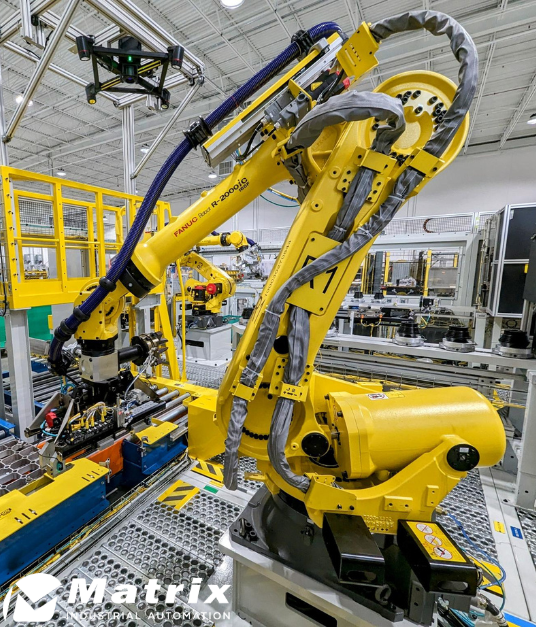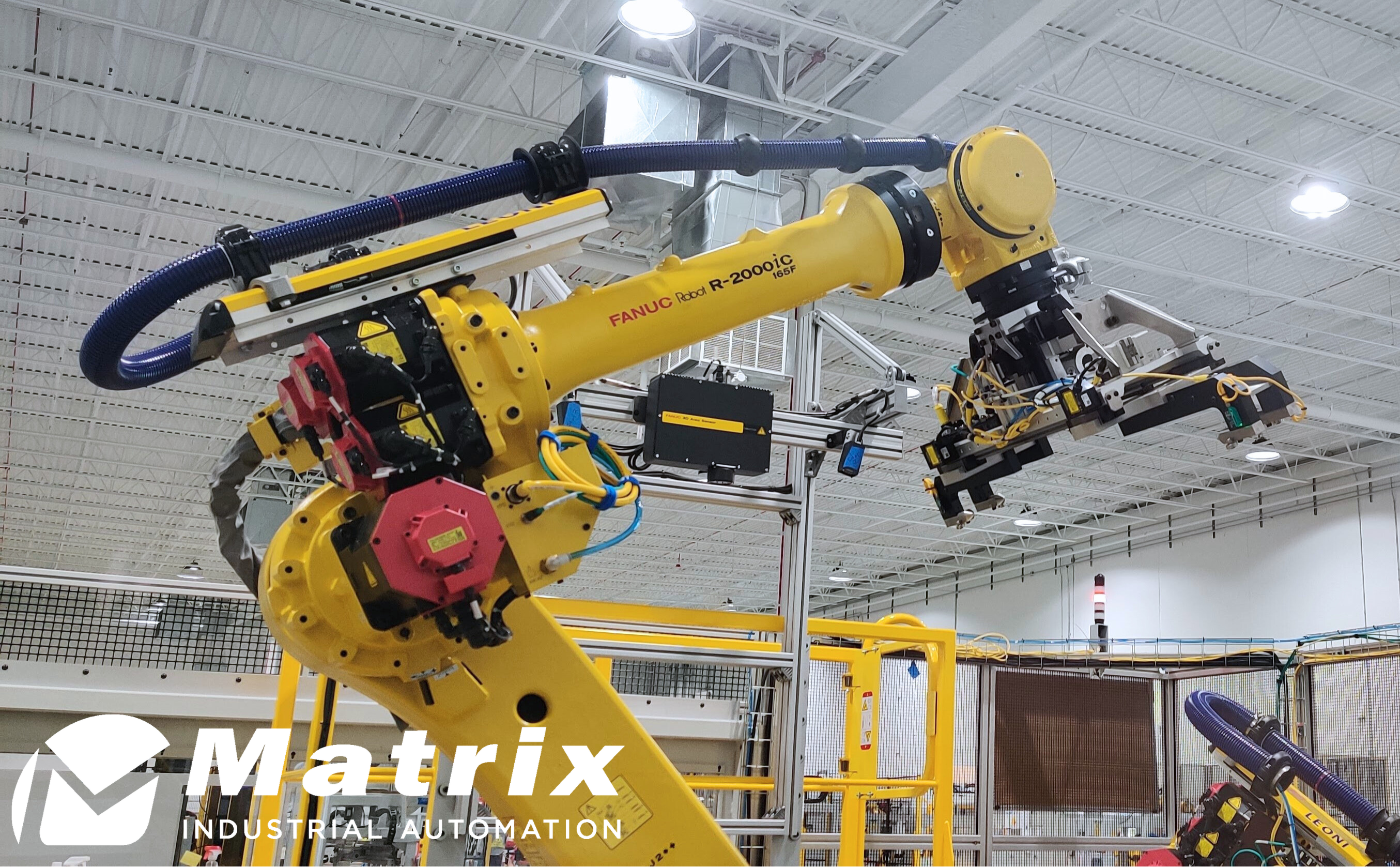Robotic Deburring Technologies Explained
Introduction
In the realm of manufacturing, achieving precision and efficiency in finishing processes like deburring is crucial for product quality and operational excellence. Traditional methods often fall short in meeting the demands of modern manufacturing due to limitations in consistency, speed, and adaptability. Enter robotic deburring technologies — a transformative approach that integrates automation with precision, offering unparalleled advantages in today’s competitive landscape.
What is Robotic Deburring?
Robotic deburring involves the use of automated systems equipped with robotic arms and advanced technologies to remove burrs and imperfections from machined parts. This process is essential for enhancing product quality, ensuring safety, and optimizing manufacturing efficiency.
Key Technologies Driving Robotic Deburring
- Robotic Arms and End-Effectors
Central to robotic deburring are robotic arms equipped with specialized end-effectors. These end-effectors, such as grinding tools, abrasive wheels, or brushes, are designed to handle various materials and geometries with precision and consistency. Learn more about how these technologies are applied in practice on our robotic deburring page.
- Vision Systems and Sensors
Advanced vision systems and sensors play a pivotal role in robotic deburring. They provide real-time feedback, enabling robots to adapt to varying part geometries and surface conditions accurately. This capability ensures thorough and uniform deburring without damaging the workpiece.
- Programming and Control Software
Robotic deburring systems rely on sophisticated programming and control software. These systems allow for precise path planning, force control, and integration with other manufacturing processes, ensuring seamless operation and optimizing cycle times. For more insights into how software enhances robotic deburring efficiency, visit our main robotic deburring page.

Benefits of Robotic Deburring
Robotic deburring offers a multitude of benefits that traditional methods struggle to match:
- Consistency and Quality: Robots perform deburring tasks with unparalleled consistency, ensuring every part meets exacting standards. Explore how robotic consistency translates into improved product quality on our robotic deburring page.
- Speed and Efficiency: Automated deburring processes are significantly faster than manual methods, reducing cycle times and increasing throughput.
- Safety: By automating hazardous tasks, robotic deburring enhances workplace safety and reduces the risk of injuries. Discover more about safety benefits on our dedicated robotic deburring page.
- Flexibility: Robots can adapt to different part geometries and materials, making them versatile for diverse manufacturing needs.
Applications of Robotic Deburring
Robotic deburring finds applications across various industries, including automotive, aerospace, electronics, and medical devices. It is employed wherever precision finishing is critical to product performance and aesthetics. Learn more about industry-specific applications on our robotic deburring page.
Future Trends in Robotic Deburring
Looking ahead, the field of robotic deburring is poised for further advancements:
- Integration with AI and Machine Learning: AI-driven systems will enhance robotic capabilities, enabling predictive maintenance and adaptive deburring strategies.
- Collaborative Robotics: Collaborative robots (cobots) will play a more significant role in deburring, working alongside human operators in shared workspaces.
- Sustainability: Robotics will contribute to sustainability efforts by optimizing energy consumption and reducing material waste in deburring processes. Learn more about future trends shaping robotic deburring on our robotic deburring page.

Conclusion
Robotic deburring technologies represent a transformative shift in manufacturing, offering unparalleled precision, efficiency, and safety benefits. As industries continue to embrace automation, the role of robotic deburring will only grow in importance, driving innovation and setting new standards for quality and productivity.
References
For more information on robotic deburring technologies and how they can benefit your manufacturing processes, visit Matrix Design LLC’s robotic deburring page.
